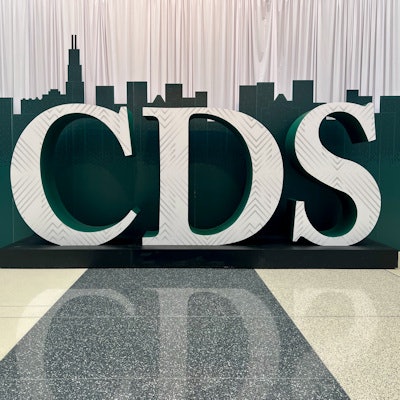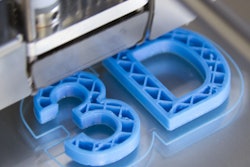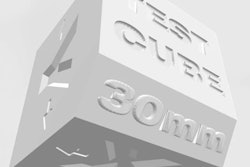
CHICAGO - Integrating the latest 3D printing technologies in a dental practice can transform it, saving clinicians time and money and restoring patients' smiles faster, according to a presentation on February 24 at the Chicago Dental Society Midwinter Meeting.
For instance, outsourcing the planning of an implant and its accompanying surgical guide costs about $361 and can take weeks to get returned to a clinician. Clinicians who have the necessary technology in their office can do the same work for about $12.13, Dr. Michael Young, a dentist in Michigan and a key opinion leader for Desktop Health, said.
"It's great for my practice and great for my patients," Young said.
Having what Young calls the "3D digital puzzle pieces," which include an intraoral scanner, a cone-beam computed tomography system, a 3D printer, and a milling unit, practices can improve profits and efficiency while also bettering patient outcomes.
"And it's really fun to design on your own," Young added.
With the right equipment, like an intraoral scanner and CAD/CAM software, clinicians can complete same-visit restorations, smile design, and more. Additionally, a 3D facial scanner eliminates the need for conversions and reduces appointments.
"Having a 3D printer and scanner was a huge paradigm shift," he explained.
For example, a patient who experienced a broken tooth for two years came to Young's office to have it addressed. The patient wanted something to be done because a few days later, he was scheduled to attend a special event.
"The old-fashioned way would be to take an impression, (and) displace the tooth, or pull it out," Young said. "We have a scanner and printer and scan it in the exact position it is in and make a model of it. Not long after, we pull the tooth and put the composite in. It was fast."
Moreover, dental software can speed the design of nightguards, he added.
Using D3Splint, a standalone CAD module for guards and splints, can help simplify the workflow.
"You can design a nightguard in less than 10 minutes," Young said.
For clear aligners, Young has used Dentsply Sirona's SureSmile, as well as Arcad and Exceed. After clinicians work out their cases, the platforms can send files back to them so they can fabricate aligners at their offices, he said.
Finally, clinicians should not only integrate 3D printing into their practices, but they should delegate these duties to their team members, he said.
"Transform your practice; slingshot it into your practice," Young said. "I had no idea I'd be doing all these things. I've lowered my costs, and I'm helping my patients and my practice."




















